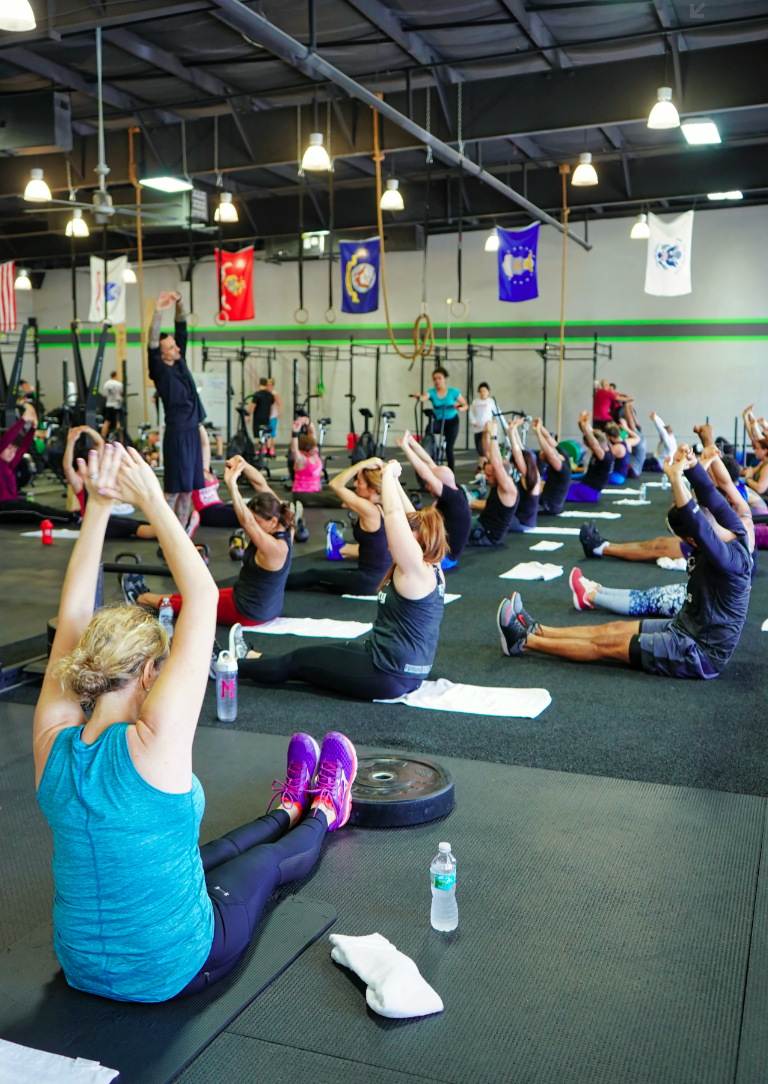Physical Address
304 North Cardinal St.
Dorchester Center, MA 02124
Physical Address
304 North Cardinal St.
Dorchester Center, MA 02124
Foam rolling has grown to be a well-liked method for easing your muscles before activity and for accelerating your recovery after a strenuous workout.
Everyone may benefit from including foam rolling in their exercise regimen, and learning how to do it is simple.
Foam rolling can be done both before and after your workouts and is also reasonably priced.
To increase your range of motion, lower your risk of injury, and stay rested for your subsequent exercise session, you can tailor your recuperation and focus on regions of tension.
A technique for self-myofascial release is foam rolling.
Although myofascial release is frequently contrasted with massage, it is much more than that.
This modality is an osteopathic manipulative technique that places steady pressure on constricted regions of fascia, the connective tissue that surrounds your muscles and bones and goes by the name of connective tissue.
Muscle inflammation and microscopic injury are brought on by regular exercise.
This can eventually result in fascial scar tissue, which can then cause muscle pain and restricted range of motion.
Exercise-related discomfort and reduced performance are the results of this.
Techniques to relieve muscle tension and pain, like foam rolling, are a terrific choice for improving your fitness and recovering between workout sessions.
In a hands-on session, a doctor or physical therapist can do myofascial release.

They exert pressure to loosen the tightness in the connective tissue so you can move more freely and with less discomfort.
However, what if you don’t have access to a physical therapist who specializes in myofascial release on a regular basis?
Self-myofascial release and the foam roller are now involved.
In the world of fitness, self-myofascial release (SMR) is frequently suggested as a way to relieve discomfort and stress in the muscles and soft tissues.
To isolate particular body parts and cure soft tissue constraints, you might modify your body’s position.
What exactly is myofascia?
It enters and surrounds every organ, muscle, bone, and fiber of nerve, establishing a special environment for the operation of biological systems. (5). Although there is controversy about what constitutes fascial tissue, this explanation nevertheless manages to provide the necessary information in a somewhat clear manner. Therefore, the complicated connection between these two soft tissues is referred to as myofascia.
Myofascial release: What is it?
By relieving localized tension, myofascial release is a type of manual treatment that aims to directly affect the myofascial complex. Foam rolling, to put it simply, is a type of self-manual treatment intended to loosen up myofascial tension.
It is believed that the pressure provided by foam rolling relieves localized myofascial tightness by activating the fascial mechanoreceptors, which then send signals to the brain to change the activity of the muscle or muscles below. This notion, however, continues to be an area of conjecture because of the paucity of information and understanding on the subject.
While the majority of these effects are grounded in practical experience, rigorous empirical research on the subject is starting to accumulate and reveal the genuine effects of foam rolling on performance.
Flexibility and foam rolling
Numerous studies on the impact of foam rolling on flexibility have been undertaken in the recent years . Evidence suggests that foam rolling does increase short-term (acute) flexibility; however, this benefit only lasts for 10 minutes at most. Foam rolling has additionally been demonstrated to enhance long-term (chronic) flexibility when done on a regular basis. Although foam rolling has been shown to increase joint range of motion, there doesn’t seem to be any difference in flexibility between five sets of 20- and 60-second repetitions, suggesting that 20 seconds is just as beneficial as 60 seconds.
Rolling Foam and Performance

Prior to recent research showing that static stretching decreases force production, power output, running speed, response time, and strength endurance , static stretching has historically been a cornerstone of a conventional warm-up routine to promote flexibility. Foam rolling has also been used into warm-up routines in addition to dynamic stretching, if not as a complete replacement for static stretching.
Foam rolling has repeatedly demonstrated that it has no detrimental effects on athletic performance, despite the paucity of studies on the subject. Foam rolling can actually enhance upcoming power, agility, strength, and speed when combined with active warm-up exercises, according to one study. Foam rolling might therefore be a useful complement to general warm-up exercises.
Rolling in Foam and Recovery
One of the main benefits of foam rolling is that it has been shown to hasten post-exercise recovery and lessen the effects of DOMS. However, up until recently, there wasn’t any evidence-based data to support the efficacy of this method. Having said that, recent studies have shown that foam rolling can lessen the experience of DOMS after exercise.
Little is known about how foam rolling can affect how quickly the body recovers from physical exercise, aside from the benefits it has on DOMS. In any case, the fact that foam rolling can lessen DOMS symptoms after exercise should indicate that this technique could be a useful one for athletes, especially during periods of intense training and competition.
Not only is there a dearth of fundamental knowledge about how foam rolling actually benefits flexibility, performance, and recuperation, but there is also a dearth of knowledge about how to actually use it. For instance, there are significant differences in how different muscle groups are rolled. To attain the best results without wasting valuable training time, there are also large variations in sets and repetitions. Simply put, not enough is known about the optimal sets and repetitions to employ or the best strategies to roll out specific muscle groups.
For more information you can click: